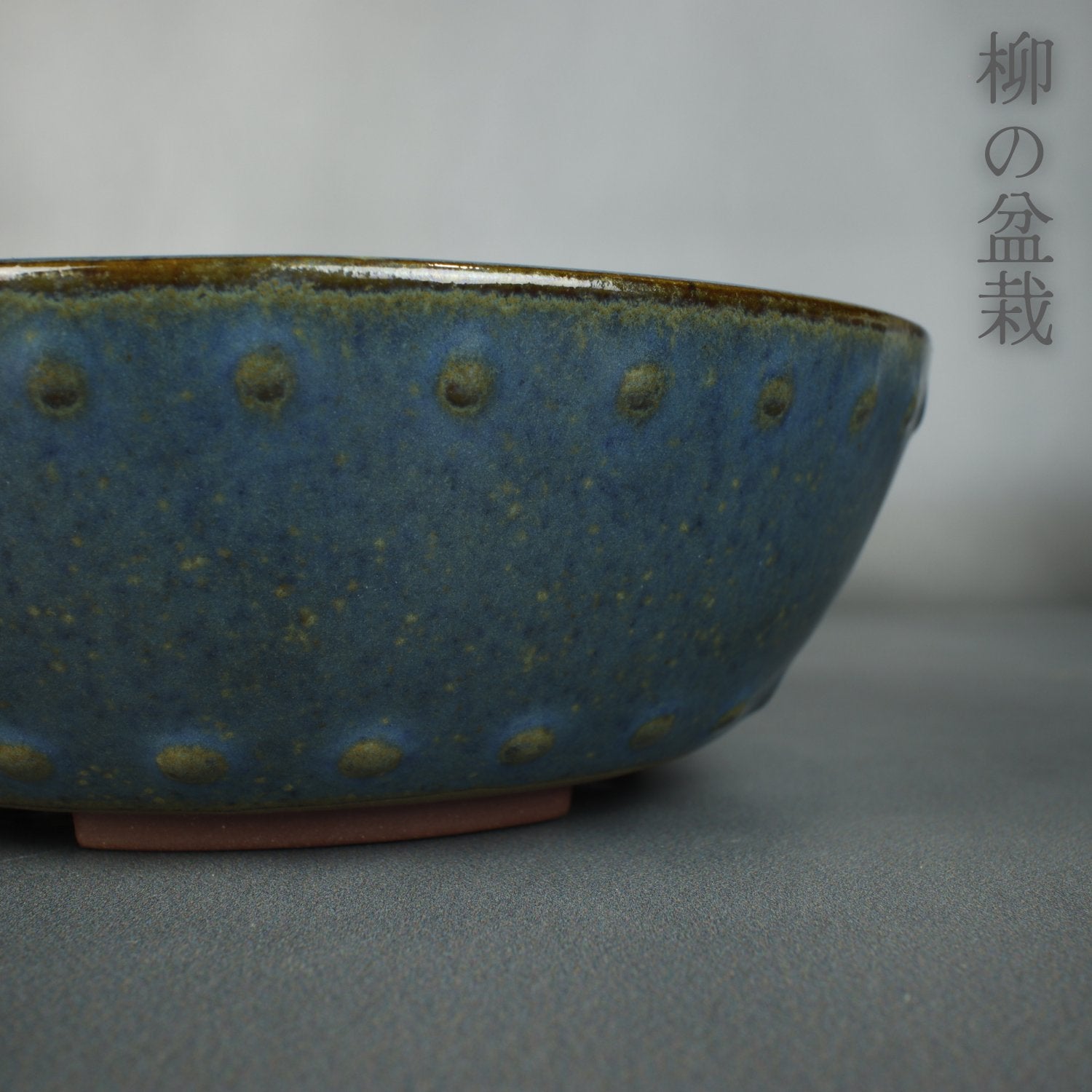Acer Palmatum
Japanese Maple Bonsai
If you have always admired bonsai for its beauty and unique aesthetic appeal then the Japanese Maple or Acer Tree is a great choice for bonsai, This tree truly screams Japanese bonsai and shows great fall colours.. These are not only beautiful trees, but perfect for beginners as they are easily grown and cared for as long as your environment will permit. Japanese Maple Bonsai need a cold period though out the winter, an ideal situation would be at least 60 days under 0c. If not the tree will grow weaker year over year.
The Japanese Maple Bonsai Tree comes in a few different varieties which have different leaf shapes and fall colours. If the correct care is taken with the Japanese maple through out spring and summer you will be rewarded with vibrant colours for a short time in autumn before it loses its leaves for dormancy during the winter months. But if you put in the work year after year to build ramification you will also be rewarded with a great winter silhouette of fine ramified twigs on the tree that can be just as breath taking as the autumn colours. There are bonsai shows dedicated to winter silhouettes on bonsai. But this is what makes the Acer Tree Variety special.
CARE TIPS
Styles : The Japanese maple is mostly suited to informal up right and formal upright styles. Although there have been some great examples of semi cascade Japanese maple displayed. Japanese maple is also very popular for mame on shohin bonsai.
Positioning and Temperatures
Japanese maple will benefit from lots of direct sunlight, the more light the tree receives through out the growing season the more autumn colour it will have, please be aware though if your summer is very hot the tree will need some protection under shade cloth, if your summer gets to say over 30c ( which will be most places ) have some sort of shade cloth ready for summer. In winter the tree will need some time for dormancy under 0c to keep it strong and healthy, the tree will survive if it doesn't have this but over the years it will shows signs of becoming weaker and may eventually die. But do be aware that you Japanese maple will need protecting from the cold at around -10c. Japanese maple bonsai are also not the biggest fans of winds, especially hot winds, so try and position them in a place that is some what protected from winds, due to their thin leaf structure they tend to lose moisture very fast in winds which can cause the leaf to become dry and drop from the tree if you are not there to apply more water.
Watering
Through out the growing season these trees will need water daily as they are a high water mobility tree meaning they move alot of water resources to keep their foliage moist. In the summer time depending on your soil mix you may need to water 2 or 3 times a day. In the cooler months this will start to drop off and by winter you may only need to water once every few days or maybe even once a week, in winter keep the soil most and don't let it completely dry out.
Fertilizer
Feeding will depend on what stage you maple is in, if it is in development then you can start feeding from the time the leaves begin to open in spring till the time they drop in autumn with a fairly even NPK. If you tree is in refinement then you will need to be a little more strategic with your feeding routine. you wont want to feed the tree any nitrogen at the start of spring as this will cause your first flush to have long internodes which will ruin your fine structure. you will also want to keep your nitrogen low through out the growing season to prevent any other flushes getting too strong, although you will still need a small amount of nitrogen to keep the tree in colour. without it the tree could begin to go pale. if a tree hasnt been properly fed through the growing season this could also ruin your fall colour on the tree.
Repotting
This will come down to many things which include pot size, tree vigour, tree stage and soil mix. Re-potting should be done to keep the tree healthy, re-potting isn't necessarily done on a calendar cycle. you might need to do this every 2 years if your tree is in 100% akadama ( good for some places not for others ) or an organic mix ( which we dont recommend at all) due to these mix's breaking down quicker. If you have a mix that contains things like scoria, kiryu, pumice or anything else that doesn't break down then you can leave your re-potting for a few more years which can promote smaller internodes and growth due to the trees lack of vigour. Timing for re-potting Japanese maples will be different for every area as well, you need to watch the tree and re pot when the new buds begin to swell and just break open but you need to get it don't before the leaves fully open. This is a small window so you need to keep watch on your trees nearing the end of the winter season.
Pruning
When in development you will probably just allow your maple to grow and do larger cut backs every few years to get taper in the trunk. once the tree is in refinement though you will need to allow the tree to flush in spring then cut back to the first 2 leaves to keep the internode length short, you will notice that the first internode will be the shortest then they get longer as the extension gets longer. You can also use the pinching technique to remove the middle shoot from the first flush which should reduce the vigour in that particular shoot.
Pot Choice
Most Japanese maple bonsai you will see will be in a shallow pot with a nice glaze. Maples aren't suited to un glazed pots or deep pots. They are usually fairly slender tall trees which is suited to the shallower pot. The colour of the glaze will come down to a colour that is either complementary to the trees bark or the trees leaf colour whether that is the spring colour or fall colour, you need to decide when your optimal time to display the tree is and choose colour to compliment that time of year.
I hope this has helped you under stand Japanese maple a bit more and i wish you all the luck in the future with growing your very own Japanese maple bonsai.
Until Next Time, Enjoy Your Bonsai Journey.














